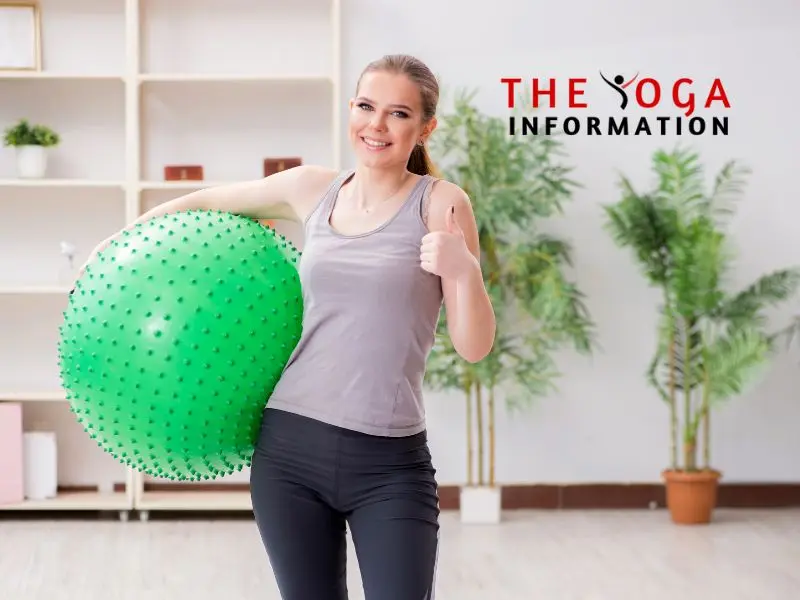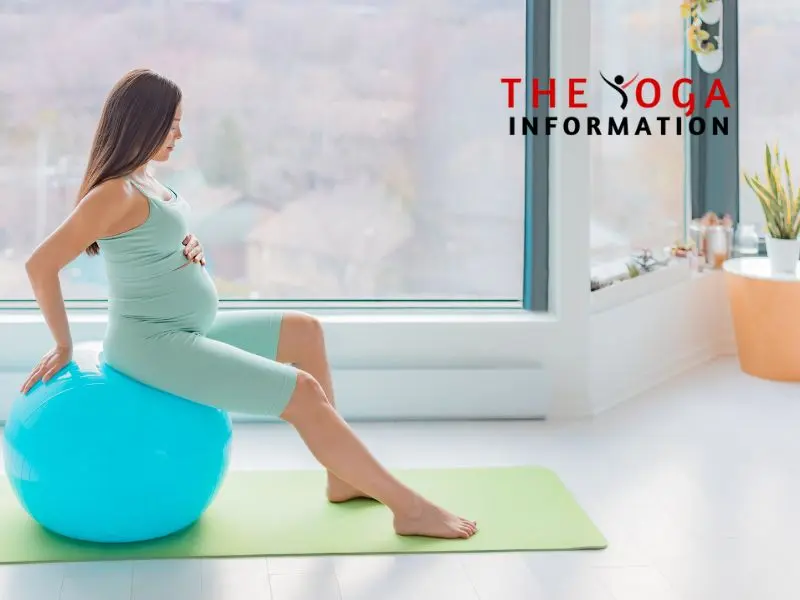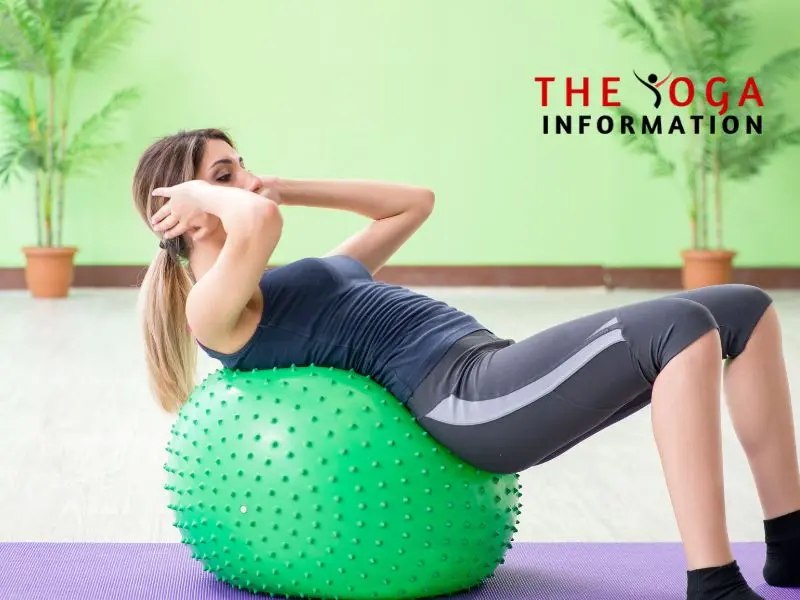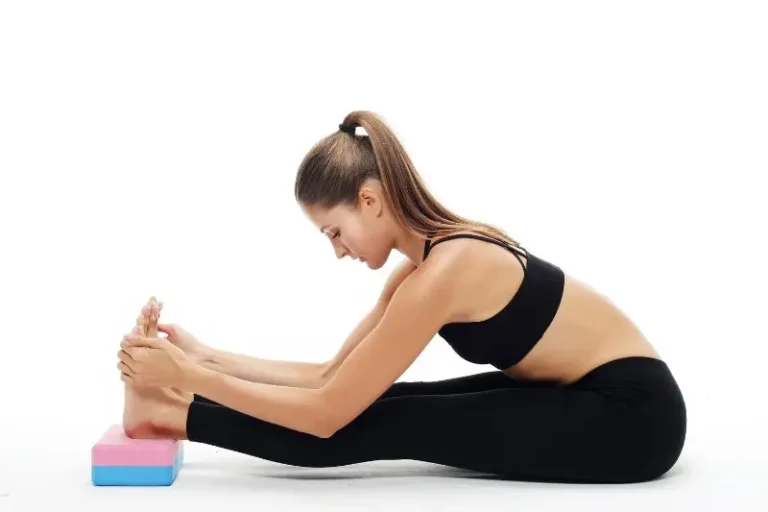Introduction
In the quest for fitness, variety is not just the spice of life – it’s the key to maintaining motivation and achieving optimal results. Yet, amidst the monotony of traditional exercise routines, many individuals find themselves longing for something different, something exciting. Enter the yoga ball – a versatile and dynamic fitness tool that injects a dose of creativity and fun into your workouts. From stability and core training to strength and flexibility exercises, the yoga ball offers endless possibilities for challenging your body in new and innovative ways. In this guide, we’ll explore how incorporating yoga balls into your exercise routine can add variety, excitement, and effectiveness to your fitness journey.
Why use yoga balls?
Using a yoga ball, also known as an exercise ball or stability ball, can offer numerous benefits for your fitness routine. Here are some detailed reasons why incorporating a yoga ball into your workouts can be advantageous.

1. Core Strengthening
Yoga balls engage the core muscles effectively. When you sit, lie, or balance on the ball, your body automatically activates stabilizing muscles to maintain balance, thus strengthening your core over time.
2. Improves Balance and Stability
Performing exercises on a yoga ball challenges your balance and stability, which helps improve proprioception (the body’s awareness of its position in space) and overall balance.
3. Enhances Flexibility
Yoga balls can facilitate stretches and poses that are otherwise difficult to achieve on the floor. Using a ball allows you to deepen stretches and increase flexibility in various muscle groups.
4. Corrects Posture
Using a yoga ball encourages proper spinal alignment, which can help alleviate back pain and improve posture over time. Sitting on a yoga ball requires you to engage your core and maintain an upright posture, reducing the risk of slouching.
5. Increases Muscle Activation
Yoga balls provide an unstable surface, which forces your muscles to work harder to maintain balance and stability during exercises. This increased muscle activation can lead to greater strength gains compared to traditional exercises.
6. Low-Impact Workouts
Yoga ball exercises are often low-impact, making them suitable for individuals with joint issues or those recovering from injuries. The ball’s cushioning effect reduces stress on the joints while still providing an effective workout.
7. Versatility
Yoga balls can be used for a wide range of exercises targeting various muscle groups, including the core, legs, arms, and back. From basic stretches to advanced strength training moves, the versatility of yoga balls allows for endless workout possibilities.
8. Functional Fitness
Many yoga ball exercises mimic real-life movements and activities, making them highly functional for everyday tasks. By training on an unstable surface, you can improve your body’s ability to perform daily activities with greater ease and efficiency.
9. Fun and Engaging
Incorporating a yoga ball into your workouts adds an element of fun and novelty, keeping your exercise routine exciting and engaging. Experimenting with different exercises and challenging yourself on the ball can make workouts more enjoyable.
10. Accessible and Affordable
Yoga balls are relatively inexpensive and readily available, making them accessible to people of all fitness levels. Whether you’re a beginner or an experienced athlete, incorporating a yoga ball into your fitness routine can provide valuable benefits for overall health and wellness.
How to use yoga ball?
By following these guidelines and incorporating a variety of exercises, you can make the most of your yoga ball workouts and reap the benefits of improved strength, flexibility, and balance.
1. Choosing the Right Size
Select a yoga ball that is appropriate for your height. When sitting on the ball, your knees should be at a 90-degree angle, with your thighs parallel to the floor.
Most yoga balls come in standard sizes based on height recommendations. Refer to the manufacturer’s guidelines to choose the correct size for your body.
2. Inflating the Ball
Inflate the yoga ball according to the manufacturer’s instructions. Over-inflating or under-inflating the ball can affect its stability and performance.
Use a hand pump or electric pump to inflate the ball gradually. Stop inflating when the ball reaches the recommended diameter.
3. Basic Sitting Posture
Sit on the yoga ball with your feet flat on the floor and hip-width apart. Keep your spine aligned, shoulders relaxed, and chin parallel to the floor.
Engage your core muscles to maintain stability and balance on the ball. Avoid slouching or leaning too far backward or forward.
4. Stability Exercises
Start with simple stability exercises to get accustomed to the yoga ball. For example, practice sitting on the ball and slowly lifting one foot off the ground while maintaining balance.
Progress to more challenging exercises, such as kneeling on the ball or performing plank variations with your hands on the ball.
5. Core Strengthening Exercises
Incorporate core exercises to target the abdominal muscles, obliques, and lower back. Examples include
Crunches Lie on your back with the ball under your lower back. Lift your upper body toward the ceiling, engaging your core muscles.
Russian Twists Sit on the ball with your knees bent and feet flat on the floor. Hold a weight or medicine ball in front of your chest and twist your torso from side to side.
Superman Lie on your stomach with the ball under your hips. Extend your arms and legs, lifting them off the floor to engage your back muscles.
6. Strength Training Exercises
Use the yoga ball to add resistance to strength training exercises. For example
Chest Press Lie on your back with the ball under your upper back and shoulders. Hold dumbbells in each hand and press them upward, extending your arms fully.
Squats Stand with the ball between your lower back and a wall. Lower into a squat position, keeping your back against the ball, then return to standing.
7. Stretching and Flexibility Exercises
Utilize the yoga ball for stretching and improving flexibility in various muscle groups. For example
Hamstring Stretch: Sit on the floor with your legs extended and heels resting on the ball. Lean forward, reaching toward your toes to stretch the hamstrings.
Quadriceps Stretch: Lie face down on the floor with the ball under your hips. Bend one knee and grasp your ankle, pulling it toward your buttocks to stretch the quadriceps.
8. Balance and Coordination Exercises
Challenge your balance and coordination by performing dynamic movements on the yoga ball. For example
Ball Roll-Outs: Kneel on the floor with your hands on the ball. Roll the ball forward, extending your arms until your body is in a straight line, then return to the starting position.
Single-Leg Balance: Stand on one leg with the opposite foot resting lightly on the ball. Hold the position for several seconds, then switch legs.
9. Incorporating Yoga Poses
Integrate traditional yoga poses with the yoga ball to add a new dimension to your practice. For example:
Downward-Facing Dog: Place your hands on the ball and walk your feet back until your body forms an inverted V shape. Press your heels toward the floor to stretch the calves and hamstrings.
Bridge Pose: Lie on your back with your feet on the ball, hip-width apart. Lift your hips toward the ceiling, pressing into the ball to engage the glutes and hamstrings.
10. Safety Precautions
Use the yoga ball on a flat, non-slip surface to prevent accidents.
Start with exercises that feel comfortable and gradually progress to more challenging movements as your strength and stability improve.
Pay attention to your body’s cues and avoid overexertion or pushing beyond your limits.
If you have any pre-existing medical conditions or injuries, consult with a healthcare professional before using a yoga ball for exercise
Use of yoga balls during pregnancy!

Using yoga balls during pregnancy can be highly beneficial for expectant mothers, offering a range of physical and emotional advantages. Here’s how incorporating yoga balls into prenatal exercise routines can support overall well-being during pregnancy.
1. Improved Posture and Alignment
Sitting on a yoga ball encourages proper spinal alignment, which can help alleviate back pain and discomfort commonly experienced during pregnancy. The gentle instability of the ball also engages core muscles, promoting better posture and balance.
2. Pelvic Floor Strengthening
Gentle bouncing or rocking on a yoga ball can help strengthen the pelvic floor muscles, which play a crucial role in supporting the uterus, bladder, and bowels. Strengthening these muscles can aid in labor and delivery and reduce the risk of urinary incontinence postpartum.
3. Relief from Pregnancy Discomfort
The gentle movement and support provided by a yoga ball can help alleviate common pregnancy discomforts such as pelvic pressure, hip pain, and swelling in the legs and feet. Sitting or gently bouncing on the ball may offer relief and promote relaxation.
4. Encourages Active Labor
Using a yoga ball during pregnancy can help prepare the body for labor by encouraging optimal fetal positioning and opening the pelvis. Sitting, swaying, or gently rocking on the ball can help relieve pressure on the lower back and encourage the baby to descend into the birth canal.
5. Promotes Relaxation and Stress Reduction
Incorporating gentle movements and deep breathing exercises while sitting on a yoga ball can promote relaxation and reduce stress and anxiety. This can be especially beneficial during pregnancy when hormonal changes and physical discomforts may contribute to heightened stress levels.
6. Supports Exercise Variety
Yoga balls offer a versatile and accessible form of exercise during pregnancy. They can be used for a variety of exercises, including pelvic tilts, hip circles, gentle stretches, and modified yoga poses, allowing expectant mothers to maintain their fitness routines in a safe and comfortable manner.
7. Bonding with Baby
Using a yoga ball provides an opportunity for expectant mothers to connect with their baby through movement and mindfulness. Gentle rocking or bouncing motions can be soothing for both the mother and baby, fostering a sense of closeness and connection.
When using a yoga ball during pregnancy, it’s essential to prioritize safety and comfort. Choose a ball that is the appropriate size for your height and weight, and ensure that it is properly inflated and stable. Begin with gentle movements and gradually increase intensity as tolerated. If you have any concerns or medical conditions, consult with your healthcare provider before starting any new exercise regimen during pregnancy.
Conclusion
Throughout this article, we’ve explored how yoga balls provide instability, forcing the core muscles to work harder to maintain balance and control during ab exercises. We’ve also discussed how the increased range of motion afforded by yoga balls allows for targeting the abdominal muscles from different angles, leading to more thorough muscle activation and development.
Furthermore, using yoga balls for ab workouts promotes better alignment of the spine and encourages proper posture, which is essential for overall health and well-being. By sitting, lying, or balancing on the ball, you engage the stabilizing muscles of the core, back, and pelvis, resulting in improved posture and reduced risk of back pain and discomfort.
So, the next time you hit the gym or workout at home, consider incorporating yoga balls into your ab routine. With their versatility, effectiveness, and posture-improving benefits, yoga balls are sure to take your ab workouts to the next level.

